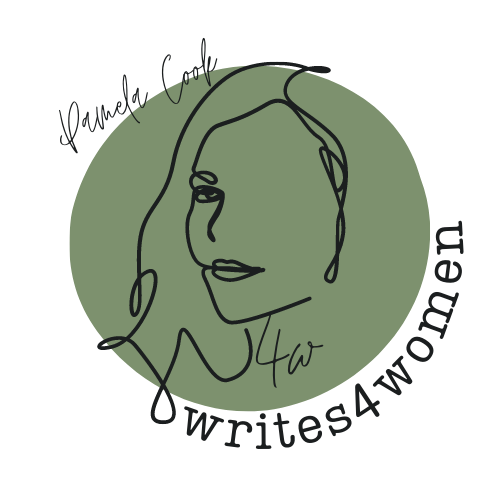The Inspiration for The Last Reunion by Kayte Nunn
Creative inspiration is doubtless different for different writers, so these simply are some of the things that have worked for me when beginning to think of an idea for a novel. Others may have entirely different and valid ways of conjuring up a story.
When I first began to think about writing fiction, one of my biggest worries was that I would not have a good enough idea to sustain an entire novel, or any idea at all for that matter! However, when I began with a character, and a location – a girl getting off a bus in a town that was nothing like she expected, in my first novel – I was able to imagine who she was, what had happened to put her in that location and then what might be about to happen to her.
Inspiration can come from anywhere – once you realise this and begin to pay attention, it’s like tuning in a radio to the station you want to listen to. For me, it can come from a piece of art, from the pages of a newspaper, from a painting in a gallery, from a friend’s or family experience. I might not know it at the time, but a sixth sense makes me remember the idea or the image, note it down and file it away. It may be months, years or even decades before I realise the significance of it, but somehow it bubbles away in my subconscious and comes to the surface when it’s needed. Part of the growth of a writer is honing that sixth sense that tells you something might be worth exploring.
Of course, in writing historical fiction, much of the inspiration can come during the research process. A snippet, a throwaway comment, or a footnote: any of these can spark a much bigger idea. For The Last Reunion, I read the published diary of a former Wasbie, and came across a brief paragraph where she described being left on her own with a soldier and becoming very scared, having to do some fast thinking to talk her way out of it. A rather different version of this anecdote became the central conflict of my novel.
What is important is to take those slivers of inspiration and combine them with a handful of others, as it is from those that you can then begin to braid a layered and compelling story.
For The Last Reunion, I began by wanting to write about a May–December friendship between two women that had potentially sinister overtones. I also had been very interested in netsuke – the little Japanese toggles that held pouches or boxes onto a man’s kimono and are now highly collectable – since coming across them when I worked as a temp in a fine art auctioneers in London in my twenties.
As I was thinking about these two separate ideas, I began to research how and where my characters might have come across these. It was then that I stumbled on the exploits of the Women’s Auxiliary Service (Burma), who supported the armies fighting against the Japanese in India and Burma during the Second World War. I knew immediately I had the basis for a novel. As I researched, I realised that while much has been written about male mateship in war, the same could not be said to be true for female friendship, and so this added another layer.
Finally, I’m a firm believer in synchronicity. Much like when you hear of something, you start to notice it everywhere, when you are discovering your story (and paying attention), the universe conspires to put helpful things in your way that can deepen and expand the narrative beyond the original, simple idea.


